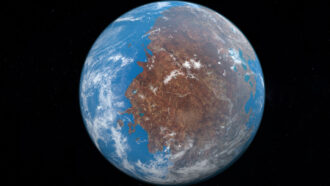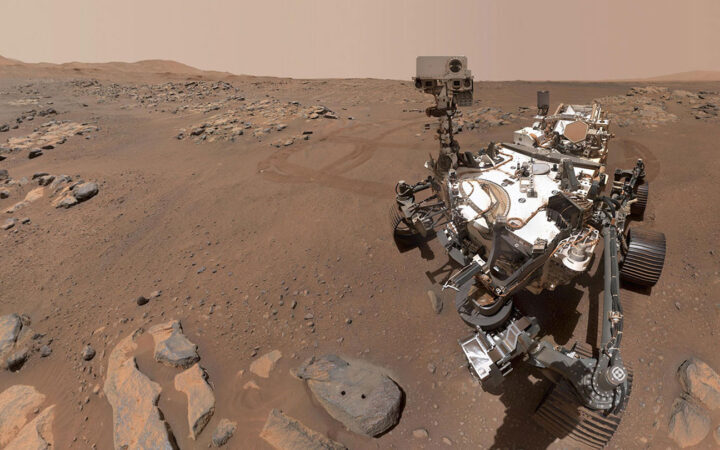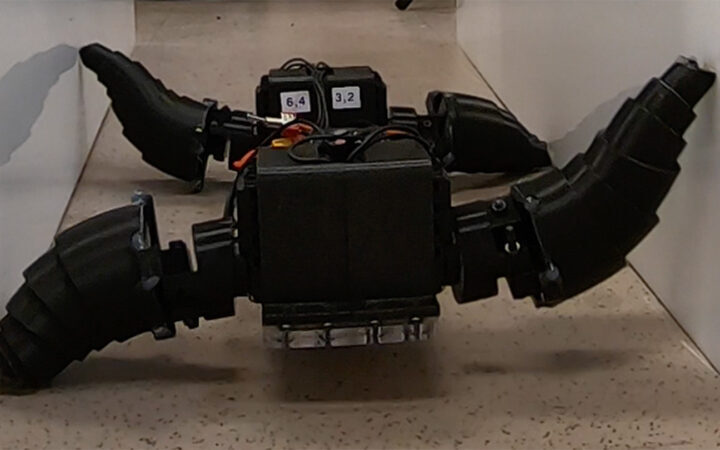
Before Pangaea — What? — Science News, September 30, 1972
The continents as we know them resulted when the protocontinent Pangaea broke apart and its fragments made the long slow journey to their present positions. The process took about 200 million years. But the Earth’s crust is an estimated 4.5 billion years old.… [Scientists are exploring] the perplexing problem of what went on during the billions of years before Pangaea went to pieces.
Update
The continents have an on-again, off-again relationship that has existed since well before Pangaea, fossil and rock evidence shows. Most scientists agree that the earliest known supercontinent, called Nuna, formed around 1.5 billion years ago. It broke apart and reunited as the supercontinent Rodinia about 1 billion years ago. A third supercontinent called Pannotia may have formed roughly 600 million years ago near the South Pole, but its existence is debated. Today, scientists are predicting how continents will merge in the future. A supercontinent dubbed Amasia could form 250 million years from now as the continents drift toward the North Pole (SN: 1/21/17, p. 18).

 A new treatment could restore some mobility in people paralyzed by strokes
A new treatment could restore some mobility in people paralyzed by strokes  What has Perseverance found in two years on Mars?
What has Perseverance found in two years on Mars?  This robot automatically tucks its limbs to squeeze through spaces
This robot automatically tucks its limbs to squeeze through spaces  Greta Thunberg’s new book urges the world to take climate action now
Greta Thunberg’s new book urges the world to take climate action now  Glassy eyes may help young crustaceans hide from predators in plain sight
Glassy eyes may help young crustaceans hide from predators in plain sight  A chemical imbalance doesn’t explain depression. So what does?
A chemical imbalance doesn’t explain depression. So what does?